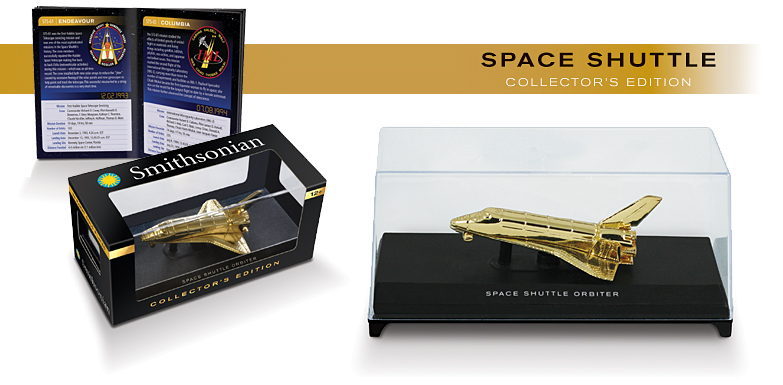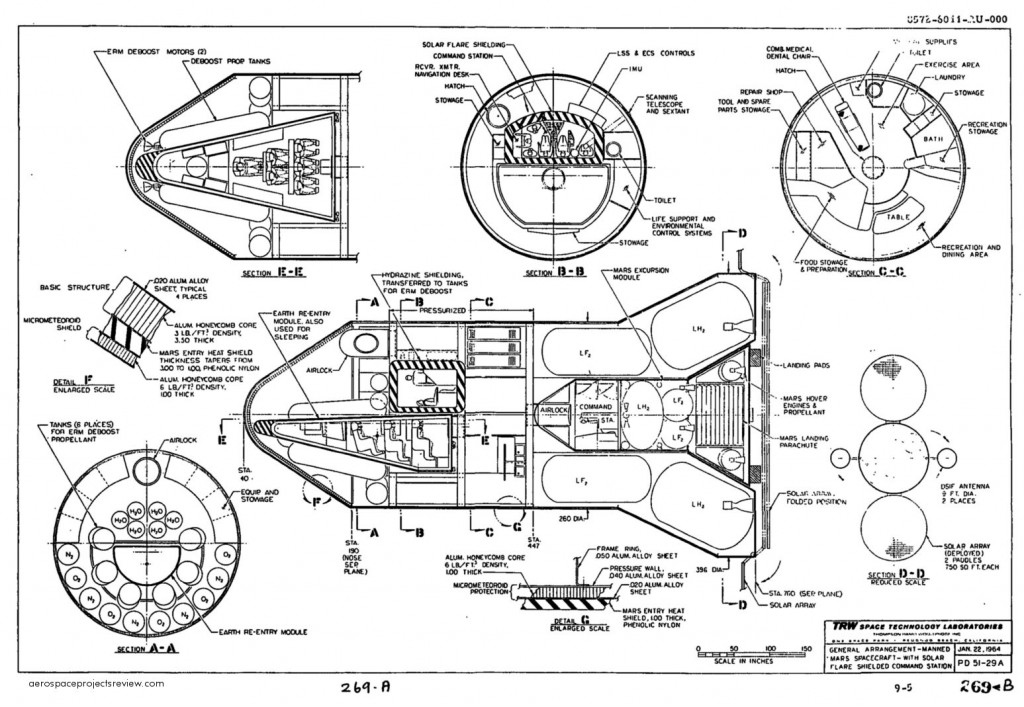A 1963-1964 design from TRW for a manned Mars exploration craft. It, like the NAA biconic design, used aerobraking at Mars. In TRW’s case, they used the same basic aerodynamic configuration that was used on early RVs for American ICBM launched nuclear warheads.
More on this design is HERE.
So. I seem to recall that we were promised in 2008 that the Muslim world was going to love us (or at least stop hating us), and that the economy would improve. How’s that working out? Hmmm…
Egan-Jones downgrades U.S. rating on QE3 move
Having trouble keeping up with all the “isolated incidents” of “non-representative extremists” pitching fits over a crappy YouTube clip? Good news, everyone! There’s now a Google Maps link to all these things:
View Muslim Protests in a larger map
Feel free to scroll around. Some exciting times! Including such locations as Jerusalem; Bangladesh; Jakarta, Indonesia; Tripoli, Lebanon (where they torched a Kentucky Fried Chicken); London, UK; Amsterdam, Netherlands; and many others.

A mix of Alclad clearcoat and gold dye from a specialist auto paint shop applied over the Alclad chrome (on the left side of the fuselage from the canopy through the central fuselage section) seems to just about do the trick:
It’s still not perfect, but some tinkering both with the chrome undercoat (as previously mentioned, it was pretty slapdash) and the yellow/red/gold dye, should dial it in. This would finally allow me to make a large-scale Project Pluto model that would really look right. Ummm… anyone want one?
A 1966 North American Aviation preliminary design for a biconic aeroshell-protected spacecraft for Mars exploration. Instead of using rockets (and consequently a whole lot of rocket fuel) for deceleration into Mars orbit, this design would use aerodynamic braking in the Martian atmosphere. In effect, it would drop out of interplanetary space into the upper Martian atmosphere and skip off; in the process of doing so it would have lost enough velocity to be captured into Mars orbit with minimal expenditure of propellant.
This design had an overall length of 31.0 meters and a base diameter of 17.7 meters, and a gross weight of 353,360 kilograms. The baseline mission duration was 500 days. In order to keep the astronauts bones from turning into paper and their muscles into mush, artificial gravity was designed in. The vehicle would split apart along the separation plane, with the two sections connected by a set of cables. The entire assembly would tumble end over end, creating a sufficiency of artificial gravity for crew health. Prior to Mars interface the two sections would be winched back together.
A higher-rez version of this drawing is HERE.
The USAF understandably wants new weapons for the future. One such is the “High Speed Strike Weapon (HSSW),” which is to be an air launched hypersonic ground attack missile. A reasonable enough sort of thing for the USAF to want. well, they’re in the early stages of trying to work out just what they want, in cahoots with the aerospace industry. Behold:
High Speed Strike Weapon (HSSW) Demonstration Program Industry Day 1
Included therein is a link to a PDF file of a draft Broad Area Announcement. now, a perfectly reasonable approach would be for the USAF to basically say “We want a missile that weighs less than W pounds, will go X miles in Y minutes and carry Z payload,” and then detail stuff about cost and meaneuverability and schedules and whatnot. What the USAF produced starts off like this:
General Program Objectives: The overall objective of the High Speed Strike Weapon Demo program is to identify, assess, develop (increase the technology maturity level), integrate and demonstrate through modeling and simulation, ground and demonstration flight testing of an S&T technology demonstrator weapon system, technologies for a hypersonic, air-launched cruise missile. The scope of the demonstration flight(s) includes launching the S&T technology demonstrator weapon from either an F-15E or a B-52 at a tactically relevant altitude and airspeed.
Good so far. But then they totally screw the pooch with this:
The propulsion system for the S&T technology demonstrator weapon must include an air-breathing engine capable of supersonic combustion.
Oy vey.
Instead of asking for capability, they are asking for a specific technology… scramjets. A technology that has been in development for sixty years and still doesn’t work.
Who knows, solid rockets or maybe conventional ramjets might have worked, and relatively cheaply. But instead the USAF looks like it’s saddling itself with a science project. Which would be ok… but a science project is rarely a good basis for a production program.
What’s next? Is the Navy going to specify a fusion reactor powered attack sub?
For several years I’ve been looking for a cost effective way to “gold plate” display models without actually plating them in gold. I know it’s possible…. cheap plastic toys are often “gold plated” by way of vapor-depositing aluminum on them, then putting a yellow-tinted clearcoat over that. The results can be quite successful. For example:

Aluminum plating these things is cost effective because it’s done on an industrial scale. Getting it done on an individual part scale? Meh.
I’ve tried every “gold paint” that I can find, and not a one of ’em actually looks like gold. The best of them looks like… gold paint. So, yellow-clear-coating “chrome” seems about the only way to go.
The closest you can come to “chrome” without actual metal plating is one of a few specialty paints. I’ve heard good things about “Spaz Stix Ultimate Mirror Chrome,” but have not tried it.
One thing I have used with some notable success is Alclad II Chrome in an airbrush. Applied properly, it’s not quite an actual mirror surface, but it looks pretty damned good. So, I decided to try yellow-clear-coating Alclad Chrome to see what I get.
First up… I took a 1/24 Dyna Soar display model and chromed it. This was a model built from all the parts that stink… the original body mold was seriously flawed (and has been replaced with a mold that’s great, producing awesome castings), and the smaller parts were early castings that were munged up in various and sundry way. It was assembled as a fit check, and to be used in sizing things like the display stand and the packaging. Since it is and always will be a serious mess, I didn’t go overboard in surface prep. When using Alclad Chrome, proper surface prep is vital, but this was just a test… and on the whole the results looked pretty good anyway:
I then oversprayed part of that with Alclad clear yellow. The results:
Well, it’s better than gold paint, but it’s still far from being mistaken for actual gold. The yellow seemed to dull the chrome… I wonder if the yellow ate into the chrome and fuzzed it out some. perhaps yellow dye (food coloring?) in something like nitrocellulose lacquer might do the trick…
In any event, I liked the chrome enough that I think I might make me a chrome Dyna Soar one of these days. I’ll be the only kid on my block with one.
——
———–
Yeah…. no. Don’t think so.
The Butler (2013)
John Cusack … Richard Nixon
Robin Williams … Dwight Eisenhower
James Marsden … John F. Kennedy
Alan Rickman … Ronald Reagan
Minka Kelly … Jackie Kenned
Liev Schreiber … Lyndon B. Johnso
Jane Fonda … Nancy Reagan
Nelsan Ellis … Martin Luther King Jr.
Melissa Leo … Mamie Eisenhower
… the hell???









